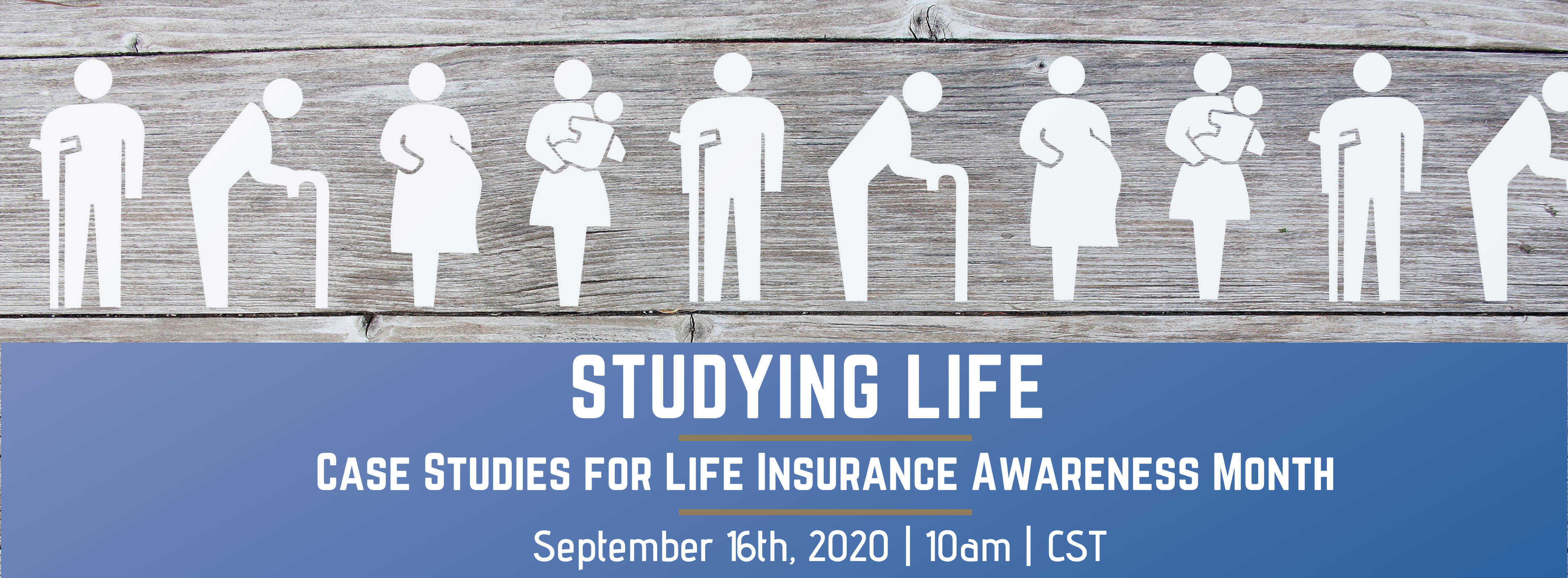
September 15th, 2020
Have you ever asked yourself, “What exactly is final expense insurance?” When you think about final expense insurance, are you simply thinking of a small death benefit policy? Are you thinking only about the purpose of insurance? Are you thinking it needs to be whole life? Or are you thinking it needs to be limited or guaranteed underwriting? There are a lot of questions that go into selling final expense insurance to your clients.
The truth is, the final expense can mean different things to different clients. For me, I need to take into consideration a few details before I can suggest the proper policy for a

Scott Gilpin
Life Marketing Manager
800.541.6705
client’s given situation. Like with any life insurance sale, you need to gather additional information from the client when they ask for, or you are recommending, final expense insurance. Here are 6 questions you could ask to sell final expense insurance and direct your clients toward the proper coverage for their needs:
Here are 6 questions to ask when selling final expense insurance and direct your clients toward the proper coverage for their needs:
- What is the purpose of the insurance? Who needs the death benefit when they pass?
- How long do they need the coverage?
- What amount of debt do they want/need to cover?
- What is their current health status? e. What rate class would you quote them?
- Could they, or would they be willing to go through full underwriting?
- Is there a premium threshold?
The Purpose of Coverage
This is an essential question any time you are discussing life insurance with a client, regardless of the type and amount of the policy. You need to know what the client is trying to cover and who will be receiving the death proceeds. This will answer any insurable interest questions, and it will help determine the proper structure of the policy.
The Duration of Coverage
This is a self-explanatory, simple question, but it will answer the question of whether a term or permanent policy will be appropriate. In most “final expense insurance” conversations, you will be dealing with an older individual and a permanent policy will be the correct recommendation. If their desire is for the death benefit to be available for their spouse or children when they die, and since we cannot know for sure when that will be, a permanent policy would be the right option.
The Amount of Insurance Needed
Again, this is always a question when discussing life insurance. This will give you an idea of what the client is thinking and also give you an indication of the purpose. If the client wants a $10,000 policy, they are likely just wanting to cover the cost of a funeral. If they are asking for $50,000, then they are obviously thinking about more than just a funeral. Remember, just because a client asks for a certain amount does not mean that is the amount they should purchase. Is there a need for more than just the cost of a funeral? Do they still have a mortgage? Do they have any debt or loans? What will the loss of the insured’s earned income or retirement income mean to the beneficiary? Often times, you can educate the client on an amount that is better suited to cover their needs, and a vast majority of times it is more than they originally thought.
The Status of Health & Underwriting
Questions #4 and #5 go hand-in-hand. Determining the client’s health status and how they might be rated on a fully underwritten policy is essential to recommending what kind of coverage will be best for them. I think most of us understand that a fully underwritten policy will be less expensive than a simplified issue or guaranteed issue policy. The carrier will accept more risk on those policies, and therefore, the cost to the client will be higher. Do not be afraid to propose a higher face amount to a client that could qualify for a fully underwritten policy, because you could be giving them the opportunity to buy more coverage for less money.
Here is a quick example using a 65-year-old male, standard non-smoker, $25,000 death benefit. A guaranteed issue whole life plan would be approximately $212 per month. A simplified issue whole life plan would be approximately $137 per month. A fully underwritten GUL plan would be approximately $88 per month. If that client is able and willing to go through underwriting, they will experience considerable savings. Look at this another way. Say that same client asks you for a $15,000 policy to “cover the cost of a funeral”. A guaranteed issue plan would cost about $128 per month, and a simplified issue product would cost about $84 per month. You could show them how to get $10,000 more coverage for either less or roughly the same amount of premium. I understand that health status will sometimes dictate what plan they can qualify, but do not ignore the possibility of full underwriting.
The Premium
I debated putting number six on the list, only because I do not like selling to a price, but rather selling the need. However, sometimes it is good to know the client’s financial situation so you don’t waste time proposing coverage that is not likely to be placed. With that being said, if you uncover the need, don’t be afraid to show the client that coverage even if you think it might be too expensive. Like in the example above, your job is to assess the risk and the need and then provide viable options to the client.
As we have discussed, final expense insurance can mean different things, but what it means to your client depends on you and the questions you ask before providing options. Regardless of what we call it or what the face amount is, having some sort of life insurance is vital for most everyone on the planet. Talk with your client, ask the questions, understand their needs, and wants, and we can develop the plan of insurance that is right for them. As always, please give me a call for more information.


